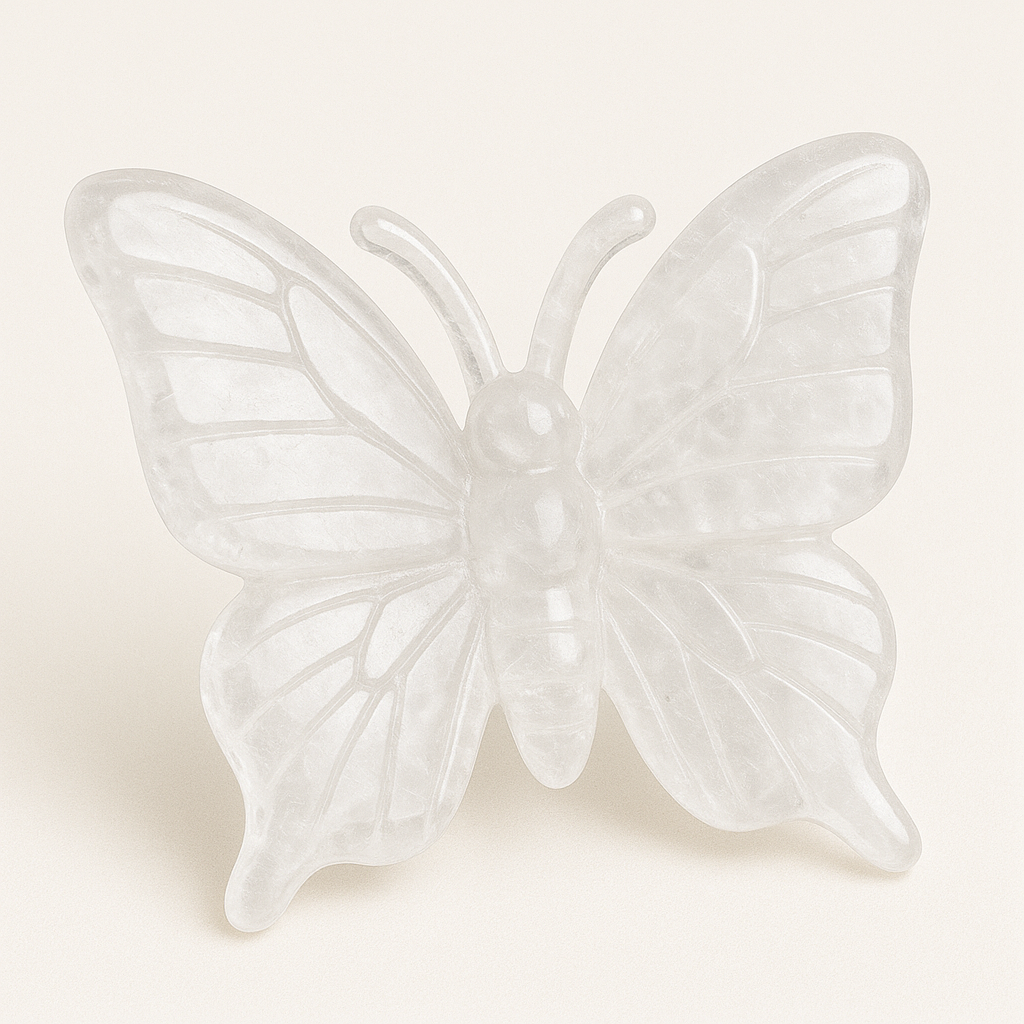
The Symbolism of Butterflies
Share
With wings that carry both color and silence, the butterfly moves through the world not with force, but with grace. Its presence is gentle, fleeting, and yet deeply felt—as though it exists more in meaning than in matter. It does not remain long in any one place, nor does it resist the winds. It yields, transforms, and transcends, offering the seeker a pure symbol of becoming.
To contemplate the butterfly is to encounter the energy of spiritual transformation, the movement from one state of being to another, not through struggle, but through the willing dissolution of identity. It is not the predator, not the protector, not the builder—it is the becoming itself.
Winged Archetypes in Cultural Memory
Across many cultures, the butterfly appears as a messenger of the soul—ephemeral yet meaningful, fragile yet profound.
In ancient Greek, the word psyche signified both “soul” and “butterfly,” capturing the essence of a being that is both delicate and eternal. In Mesoamerican cultures, particularly among the Aztecs, butterflies were associated with the souls of warriors and women who died in childbirth—those who underwent great transformation through sacrifice. Here, the butterfly was not weakness, but rebirth through trial.
In Japanese and Chinese traditions, butterflies are symbols of joy, transience, and the beauty of impermanence. Among some Indigenous peoples of the Americas, they are seen as messengers of dreams, symbols that something is about to change, or has already changed.
In every tradition, the butterfly marks a turning point. It is not the one who survives—but the one who becomes.
Dissolution as the Path to Form
No other creature illustrates transformation with such clarity. The butterfly begins as a caterpillar—grounded, limited, drawn toward consumption. Then comes the cocoon: an inner death where form is lost entirely. It does not grow wings. It dissolves. The caterpillar becomes formless, trusting a process encoded deep within.
And then, slowly, the butterfly emerges. New, weightless, radiant—not an improvement, but a new being altogether.
This is not change by effort. It is change by surrender. The butterfly offers this model to the seeker: release the form, allow the unknown to do its work, and emerge not with armor, but with lightness.
Its life is brief, but rich in movement. It visits many flowers but holds to none. It reminds the consciousness complex that beauty is not found in permanence—but in the willingness to participate in life's constant unfolding.
Resonance with the Energy Centers
The butterfly expresses a primary and undivided resonance with the violet-ray energy center—the crown chakra, the gateway to totality, spiritual unity, and the completion of transformation.
This is not a creature of survival (red), personal identity (yellow), or even inner vision (indigo). It is a creature of release into oneness. The butterfly embodies the culmination of a journey through all prior densities of selfhood—emerging as a being of harmony, fragility, and radiance that has nothing left to prove or protect.
Its flight is unburdened. Its presence does not challenge. It simply is, and in that being, teaches everything about trust, surrender, and the beauty of the soul fully expressed.
There is no secondary resonance required, for the butterfly speaks a single, complete chord of transformation. It is the symbol of what occurs when the self no longer clings to becoming anything—and instead allows itself to become what it already is.
The Flight Beyond Form
The butterfly does not move with urgency. It does not need to. Its lesson is not in how it navigates the world, but in how it allows itself to be transformed by it. It shows the seeker that dissolution is not failure—but the beginning of something ineffably new.
It is the answer to the fear of change. The balm to the wound of identity. The embodiment of what becomes possible when the self surrenders to the higher calling of the soul.
The butterfly is not trying to be beautiful.
It simply is, because it no longer resists what it has become.
To walk with the butterfly is to trust the cocoon,
and to remember that wings do not come from effort—
they come from letting go.